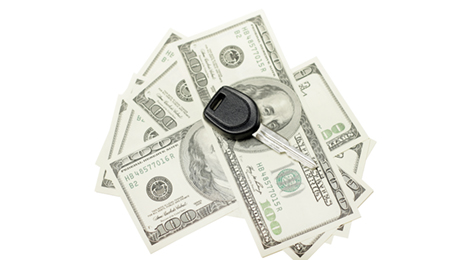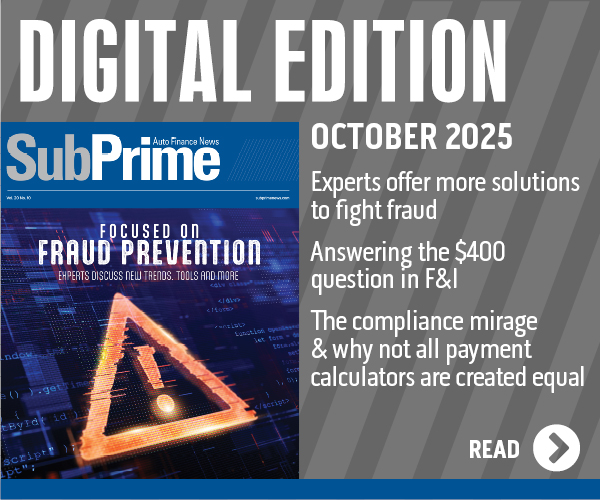How stretching to 84 months is overcoming $4K in negative equity

By subscribing, you agree to receive communications from Auto Remarketing and our partners in accordance with our Privacy Policy. We may share your information with select partners and sponsors who may contact you about their products and services. You may unsubscribe at any time.
CARY, N.C. –
Imagine you’re trying to complete a “first pencil” with a customer who is either in the showroom or communicating through the chat function on your website. The customer has a trade, and better yet, it’s a model you know will turn in 30 days or less.
But then you learn there’s negative equity associated with that vehicle, a record figure in the thousands that Edmunds.com recently discovered to be the average on nearly a third of trades so far this year. What happens next likely determines whether the finance company will buy that deal or if the situation will deteriorate into a slog of trying to get a larger down payment.
“I would certainly say that (negative equity) wouldn’t help in the negotiating at the dealership,” Autotrader senior analyst Michelle Krebs said during a conference call with the media last week.
According to Edmunds data, an estimated 32 percent of all trade-ins toward the purchase of a new model through the first three quarters of 2016 were underwater. This is the highest rate on record, and it’s up from 30 percent of all trade-ins toward new-vehicle purchases from January to September of last year. These “upside down” shoppers had an average of $4,832 of negative equity at the time of trade-in, also a record.
The phenomenon of upside down trade-ins is not limited to new-model purchases. According to Edmunds’ Q3 Used Vehicle Market Report, a record 25 percent of all trade-ins toward a used-car purchase in the third quarter had negative equity. These shoppers had an average of $3,635 of negative equity at the time of trade-in, also a Q3 record in the used market.
“It’s curious to see just how many of today’s car shoppers are undeterred by how much they owe on their trade-ins,” Edmunds senior analyst Ivan Drury said. “With today’s strong economic conditions at their back, these shoppers are willing to absorb a significant financial hit to get into a newer vehicle.”
Subscribe to Auto Remarketing to stay informed and stay ahead.
By subscribing, you agree to receive communications from Auto Remarketing and our partners in accordance with our Privacy Policy. We may share your information with select partners and sponsors who may contact you about their products and services. You may unsubscribe at any time.
As Drury indicated perhaps negative equity isn’t posing a problem nowadays since contract terms continue to stretch. Experian Automotive indicated in its latest State of the Automotive Finance Market report released this week that 30.7 percent of all new-vehicle financing in the third quarter stretched to 73 months to 84 months, up from 27.5 percent a year earlier. Analysts even added a new segment to its collection of bar charts since now nearly 1 percent of all new-model financing (0.98 percent to be exact) has terms lasting 85 months and longer.
On the used side, analysts didn’t mention terms stretching beyond 85 months, but Experian did point out that contracts lasting between 73 and 84 months represented 17.7 percent of deals in Q3, up from 16.2 percent during the same quarter in 2015.
So if finance companies decide they just won’t stretch the terms any longer, when does all that negative equity start to short-circuit deals?
“Just thinking about it, it’s a great question,” Kelley Blue Book analyst Tim Fleming said during the recent media conference call. “It’s going to be perhaps a growing issue in the next couple of years. But I don’t know that it’s a significant problem right now.”
Stay tuned.


